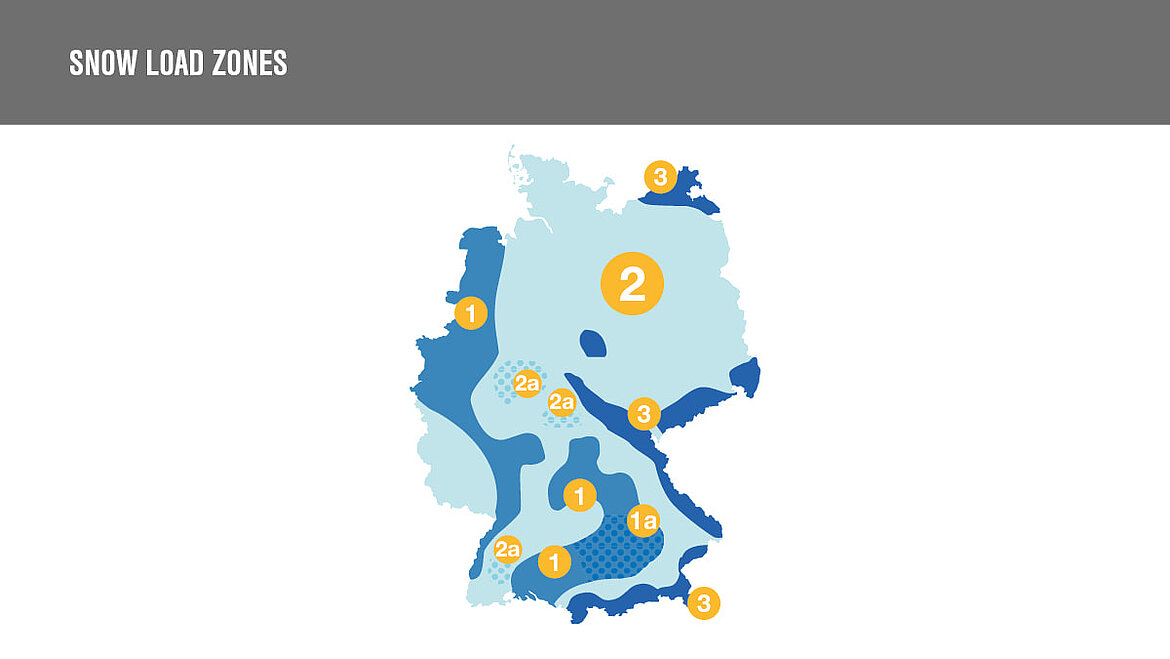Climate change has many effects on the environment. In the course of these changes, extreme weather events and their force are also increasing significantly. In consequence, the loads buildings are exposed to are changing. Therefore, the requirements for all buildings and their components, such as skylights or roofing, must be adapted to stronger winds and rain. Longer heat waves and heavier snowfalls can also be expected in the future. The components and buildings therefore have to be designed with this in mind.
What environmental impacts should be considered for skylights?
Assuming you are planning a new house or a new production hall: What all has to be considered? In addition to the obvious activities, such as obtaining a permit from the city or organizing the various trades and mechanics, moderate to extreme weather conditions also have to be taken into account.
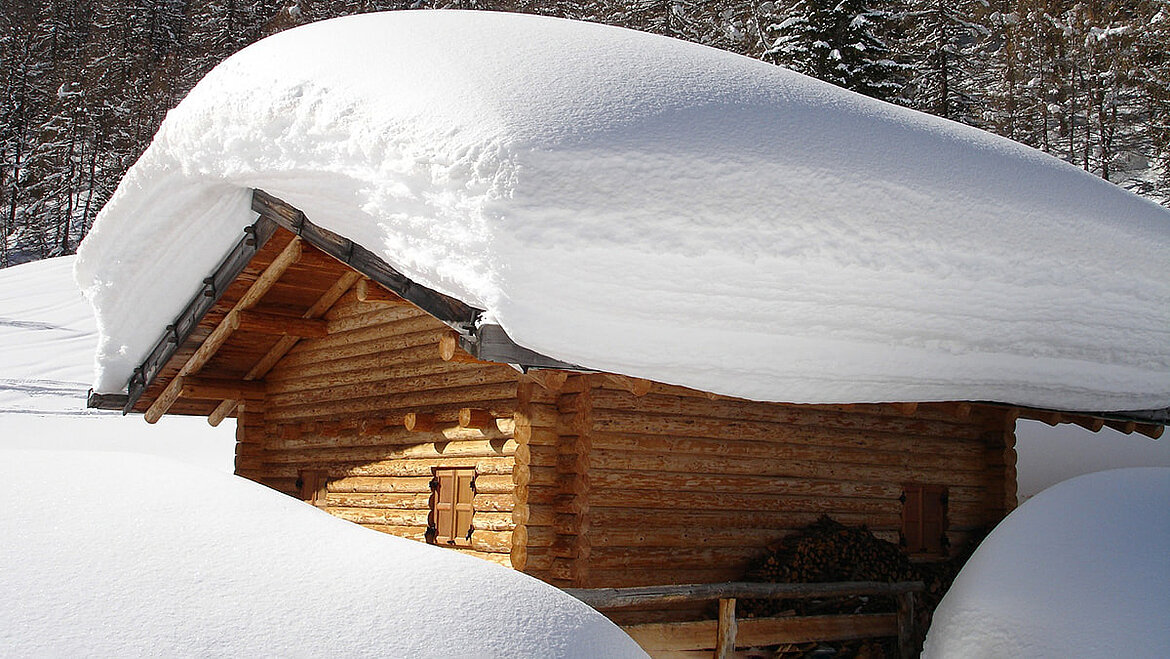
When building a house, the following environmental factors have to be considered:
Rain
the building has to be protected against rain of any strength
Snow
even under heavy snow masses the roof must not collapse
Heat
solar radiation entering the inside of the building through skylights should be minimized
In connection with solar radiation, the question of solar gains also arises. When building parts such as walls or floors absorb solar energy, solar gains occur. They heat the building and thus the indoor air. In winter, solar gains are therefore quite desirable. In summer, however, it can lead to overheating of the building.
Due to climate change, extreme weather events are becoming more frequent. With the increase in heat waves, building insulation is thus becoming an increasingly important criterion. But climate change does not only bring warmer summers; winters are also getting colder in parts of Europe. Here, too, good insulation can score points: The cold does not penetrate into the inside of the building.
Ultimately, however, skylights are not only subject to criteria for resistance to environmental events. Serviceability also has to be considered:
Safety in all weather conditions
Buildings and their components have to ensure at all times that there is no danger to the surroundings under the given boundary conditions – they therefore need to have a certain level of stability. In addition to the certification of adequate stability of a building or component, serviceability has to be proved. Serviceability means the property of a building component or a building to allow the use for which it is intended without restriction.
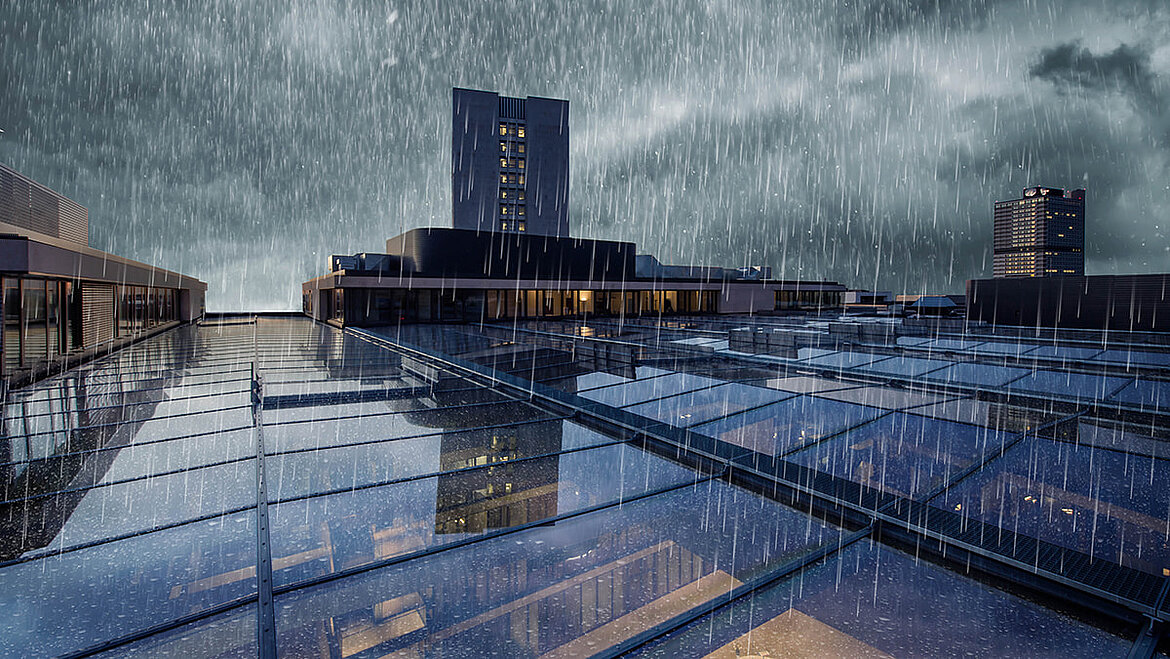
This means the mathematical proof for excessive deformations, material fatigue or sudden material failure under dead and/or variable load. In addition, there is functional safety, which is a laboratory test that verifies the performance of the part on
- water tightness
- air tightness
- resistance to wind load
- and snow load.
Especially for skylights
Skylights in buildings ensure the incidence of diffuse, natural light into the inside of the building. These building constructions, for example skylights, enable greater use of daylight and are thus becoming increasingly important in architecture. Whether architect, builder, planner or private individual - the question of which properties must be taken into account especially for skylights occupies them all. The following section summarizes the most important criteria of skylights.
Usage-relevant properties for skylights with regard to environmental impacts
Ventilation
Due to their location in the building and the option of opening, skylights improve ventilation. Natural ventilation through skylights such as rooflights or continuous rooflights improves the air conditions in buildings. Used air and air that is too warm is removed and fresh, cooler air is supplied, optionally in a night-time flushing. This is particularly beneficial during hot summers with long hot spells, like they have occurred more frequently in recent years. The simple principle of natural ventilation can be implemented optimally in almost any type of building with ventable rooflights, continuous rooflights or glass roofs from LAMILUX.
Thermal insulation
Another usage-relevant property of skylights with regard to environmental impacts is thermal protection. But what exactly is this? There is a difference between summer and winter thermal insulation. This is because in summer the heat should be kept outside, whereas in winter the heat radiation of the sun should be let in. In addition to the possibility of using special sun protection glass, interior and exterior shading can also be considered. An article about thermal protection presents the criterion more precisely.
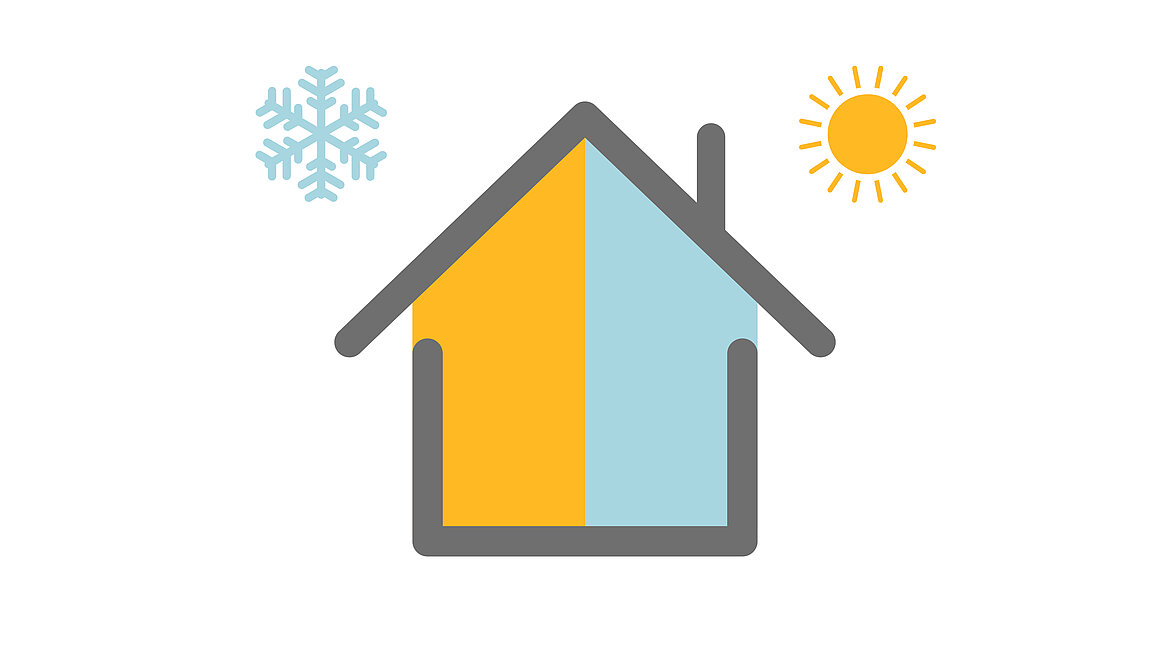
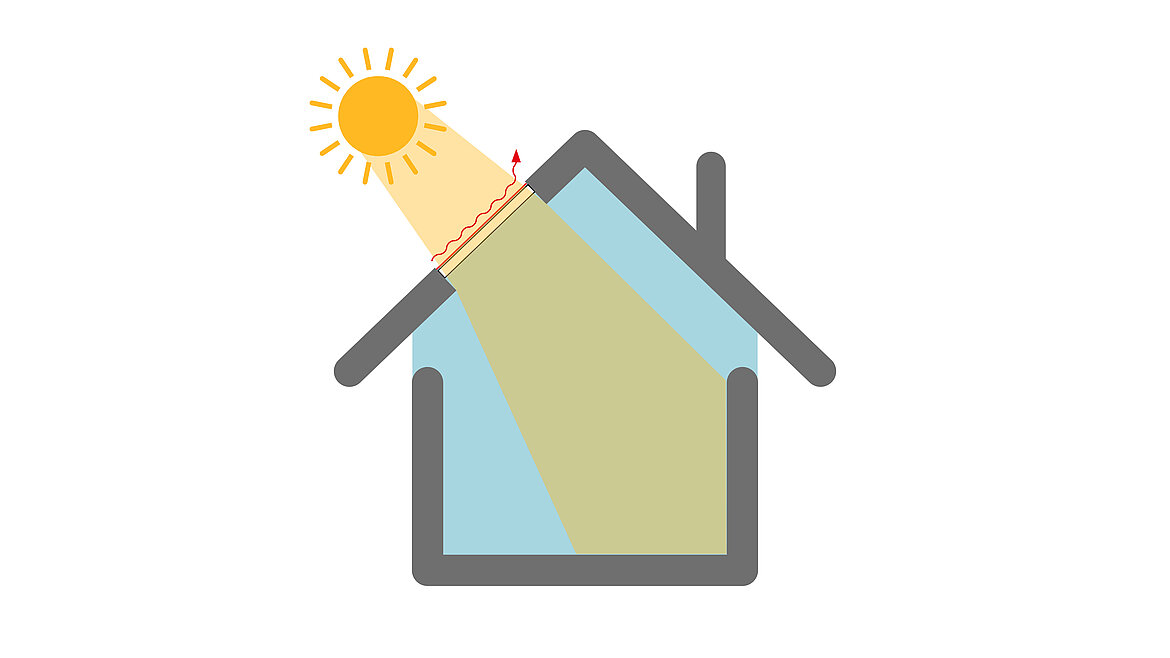
Air tightness
The best thermal insulation of the exterior walls is of no use if the skylights, other building components and their connections are extremely permeable to air. A high air permeability has the consequence that in winter the warm air escapes to the outside and even more unfavorable: the cold air comes inside.
For this reason, there are special test standards for individual building elements such as windows to determine and classify their air tightness. EN 12207 describes a test procedure in which the air volumes related to the area and perimeter of the product are determined in various positive and negative pressure stages. The products are then categorized into classes 1 to 4, with class 4 representing the highest air tightness. Since the standard does not apply to glass skylights and LAMILUX would still like to achieve airtightness, LAMILUX tests the glass skylights following the window standard. The same applies to glass roofs: These are tested following the façade standard.
Water and driving rain tightness
A window also has another criterion relevant to its use: Water and driving rain tightness. Driving rain means that large amounts of rain reach vertical and thus actually rain-protected surfaces due to strong winds.
Tests confirming this requirement are described in EN 12208. This standard classifies windows and facades according to their resistance to pressure, the method and the duration of the test.
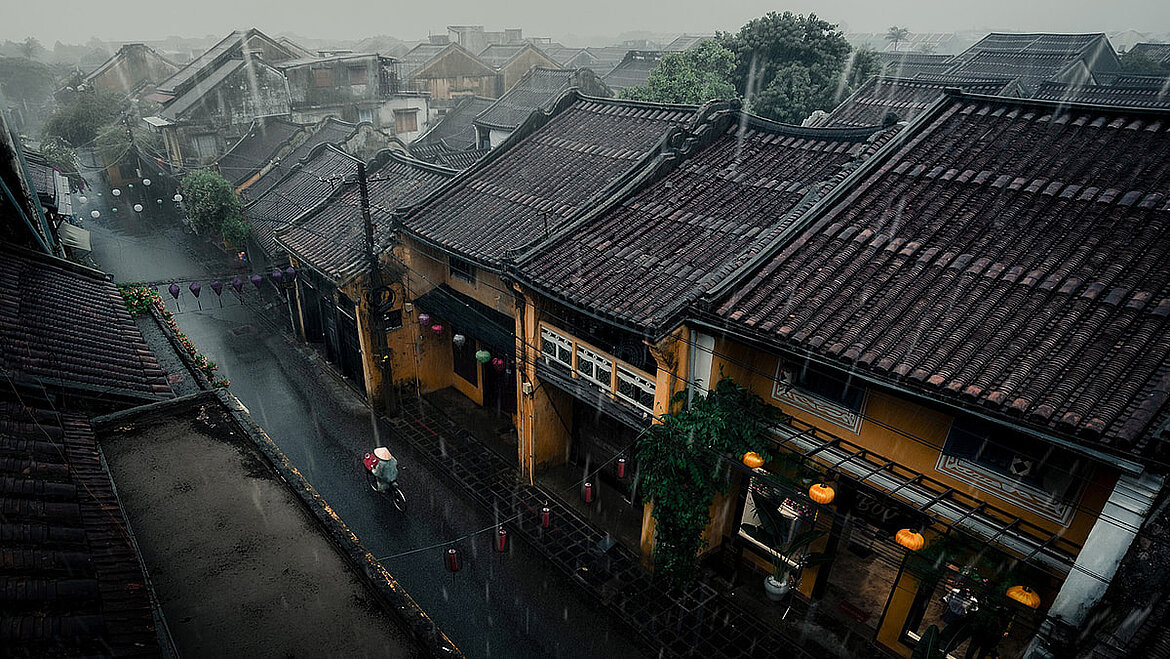
In addition to a sprinkling on all sides at different angles, the pressure difference inside/outside is also tested in order to simulate the influence of wind. To simulate possible scenarios with storms and heavy rain as realistically as possible, standing water is sucked in on weak seals or on profiles deformed under wind load
There are two different procedures for testing driving rain tightness. Procedure A applies to windows and doors that have no structural protection. Procedure B, on the other hand, applies to windows and doors that are protected by canopies or balconies, for example, and are thus partially protected from environmental impacts.
Similar to the air tightness, there are classes here, too. The standard divides rain tightness into different classes, with class 1A exposing products to 0 Pa for 15 minutes. While in class 9A, a storm of wind force 11 is simulated and the component is exposed to a test pressure of 150 Pa for 55 minutes.
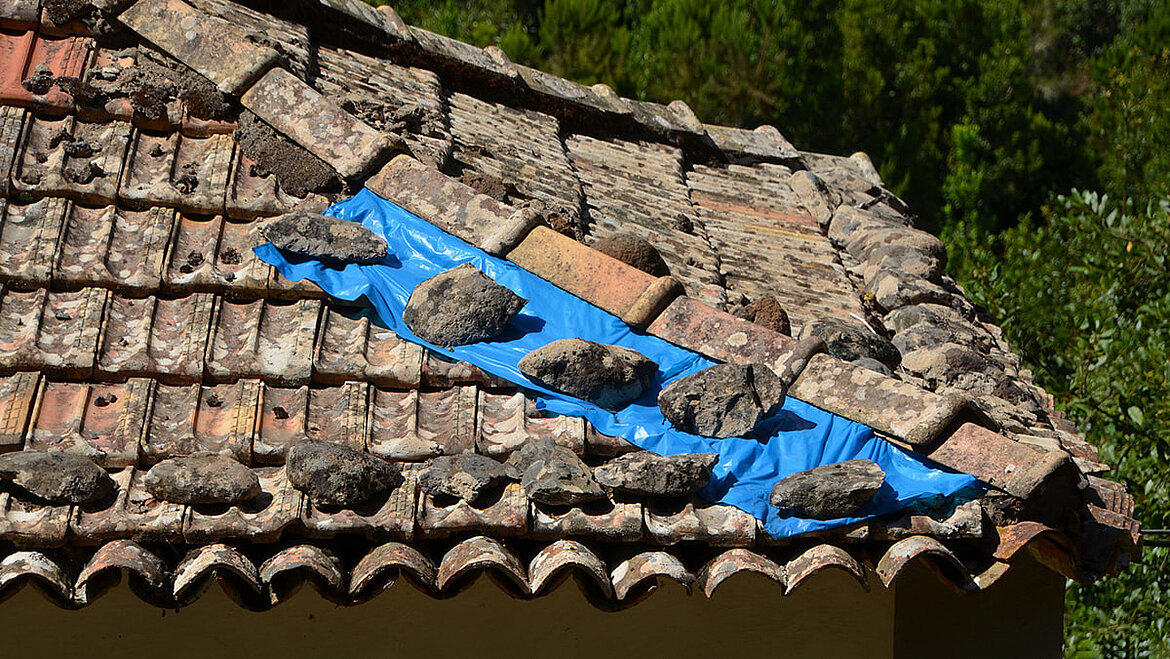
Wind load
Wind also stresses the components of each building. In addition to the geographical location, building shape and height, other influences such as the type and distance of surrounding buildings also play a major role.
Skylights and their fastenings must therefore also be sufficiently resistant to wind loads. This is stipulated in DIN EN 1991-1-4.
Hail protection
Some regions are especially affected by extreme hail. This extreme weather event repeatedly causes major damage regionally, particularly to roof surfaces or skylights with plastic glazing such as rooflights and continuous rooflights. Even if such a damage initially appears quite clearly to be an insurance claim, its avoidance becomes a quality criterion for skylights on closer inspection.
Snow load
Another criterion for skylights is stability under snow load, which is defined in DIN 1991-1-3. Here, the geographical location and the altitude play an important role. However, the shape of the roof also has a significant influence on the stability of the roof and thus of the skylights.
Due to different intensities, Germany, for example, has been divided into different snow load zones. The intensity increases depending on the zone. In the mountains, such as the Fichtelgebirge or the Harz, the snow load zone is deliberately chosen to be high, since the snow amounts there are significantly higher than in the lowlands.
Here, it is also particularly important that the ventilation and SHEV sashes still open despite heavy snow masses. Manufacturers like LAMILUX test their products for this and use particularly powerful motors and robust profile frames for snowy regions.
Conclusion:
The construction of skylights therefore takes into account environmental impacts like snow, rain or heat. Many different aspects should be considered, such as thermal insulation, water and driving rain tightness and hail protection. You can say that depending on the application, region and special climatic conditions, additional criteria or better values are always necessary: A rooflight installed in Singapore, for example, does not need to be certified for the same snow load as a rooflight in Oslo. The same applies the other way around for heat protection.
But when it comes to air tightness, a very good value is needed in both cases: In Singapore, to prevent air cooled by air conditioning systems from escaping unhindered to the outside. And in cold Oslo to not lose the warm air from the heating system. So it is always up to the architect and planner to take a close look at the circumstances and environmental impacts in order to select the appropriate skylight. Manufacturers like LAMILUX also attach great importance to the durability and functionality of their products, so that these already show excellent values in the standard variants.
In addition to these properties, skylights must meet many other criteria though. Apart from fire protection, ease of use or other hygiene criteria, the design and appearance also have to be considered. Possible automation with regard to smart home also has to be taken into consideration. Another article about these usage-relevant properties is linked here.


